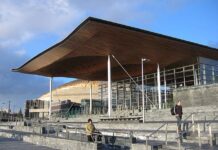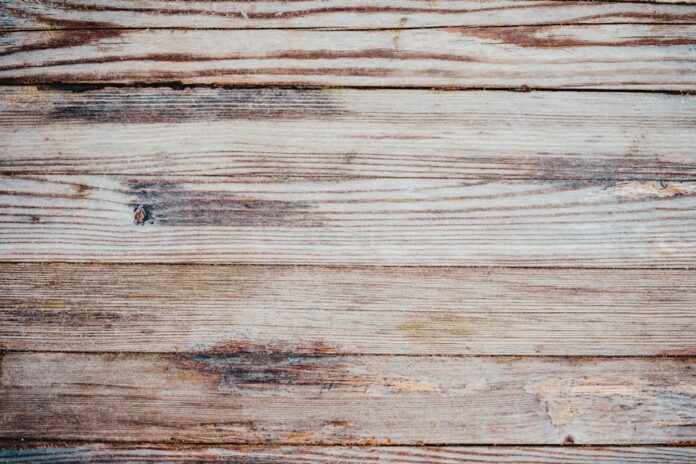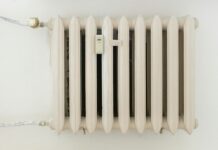Wood cladding is now a very popular choice for building facades, providing a natural and aesthetically pleasing finish. This technique involves covering the exterior walls of a structure with overlapping timber boards, which not only adds beauty but also offers various practical and environmental benefits. The use of timber cladding has been a traditional method for millennia and continues to be favoured for its versatility and durability.
Advantages of Wood Cladding Exterior
1. Aesthetic Appeal: One of the primary advantages of wooden cladding is its natural beauty. Wood adds warmth and character to buildings, complementing a variety of architectural styles. It can be profiled and finished in numerous ways, from natural stains to vibrant paints, allowing for customization to suit personal tastes and regional styles.
2. Insulation Properties: Wood is a natural insulator, providing better thermal performance compared to many other cladding materials. This can help reduce energy costs by maintaining more stable indoor temperatures throughout the year.
3. Environmental Benefits: Timber cladding is the most sustainable choice, especially when sourced from responsibly managed forests. Wood is a renewable and recyclable resource, and its use in construction can contribute to lower carbon footprints.
4. Durability and Longevity: When properly installed and maintained, timber cladding can be highly durable, resisting weathering and providing long-lasting protection for the building. Advances in wood treatments and finishes have also significantly improved its resistance to moisture, pests, and decay.
5. Versatility: Timber cladding is light and can be used on a wide range of buildings, from residential homes to commercial buildings. It can be applied vertically, horizontally, or even diagonally, offering design flexibility to achieve different looks and styles.
Types and profiles of timber cladding
Horizontal cladding: This is the most common style, where planks or boards are installed horizontally. It gives a more traditional look and is often used in residential applications.
Vertical cladding: In this style, the cladding boards are installed vertically. Vertical cladding can make buildings appear taller and is often used in more contemporary designs.
Shiplap cladding: Shiplap profiles feature overlapping boards that create a tight seal, offering excellent weather resistance. It’s a popular choice for both traditional and modern designs.
Board on board: This vertical style involves wide boards on top of narrower ones. It provides a rustic, farmhouse look and is effective at shedding water.
Tongue and groove: This type of cladding involves boards that fit seamlessly together, sometimes with a V to increase the joint appearance, creating a smooth, uniform look. It’s ideal for a clean, polished look.
Choosing wood cladding exterior for your building adds not only aesthetic value but also practical and environmental benefits such as improved insulation and sustainability. With a variety of profiles and types available, timber cladding can be tailored to suit any architectural vision, ensuring that your building will stand out with natural beauty and timeless appeal. Whether you prefer the traditional charm of horizontal cladding or the modern sleekness of vertical installations, wood cladding remains a versatile and durable choice for exterior design.
Help keep news FREE for our readers
Supporting your local community newspaper/online news outlet is crucial now more than ever. If you believe in independent journalism, then consider making a valuable contribution by making a one-time or monthly donation. We operate in rural areas where providing unbiased news can be challenging. Read More About Supporting The West Wales Chronicle






















